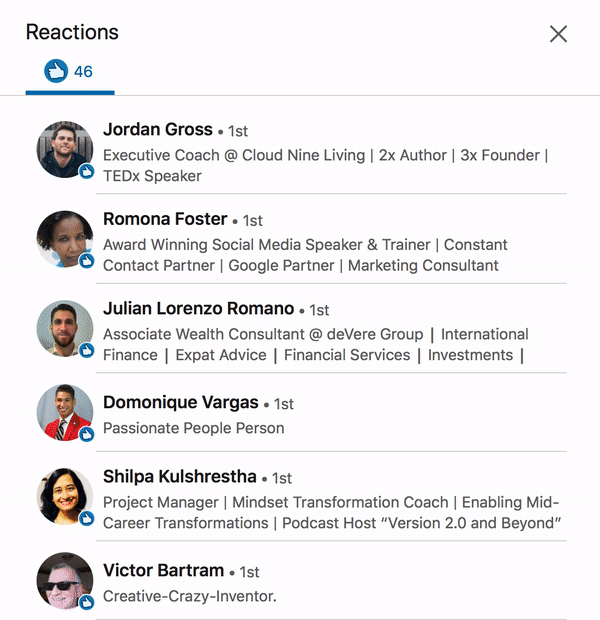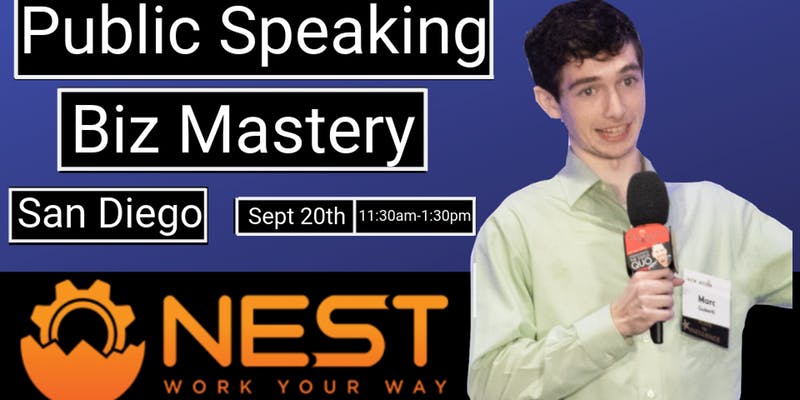Vlad Calus founded two non-profits at the age of 16, then dropped out of college, moved to another country with two 2 his friends, built Planable (Techstars London ’17) at 19 y.o and became an honoree Forbes 30 Under 30 at 22 y.o. And he’s been featured as a guest writer & marketer by multiple publications including Social Media Examiner, WeRSM, Freshdesk, Subsign, Digital Agency Network and many others.
Quote To Remember:
- Becoming more driven
- Strategies to get more customers
- The debate around creating versus marketing content
- Using LinkedIn to get more business
- Habits for success
Key Links From The Episode:
Want to see how we can work together? Schedule a free strategy call here.




